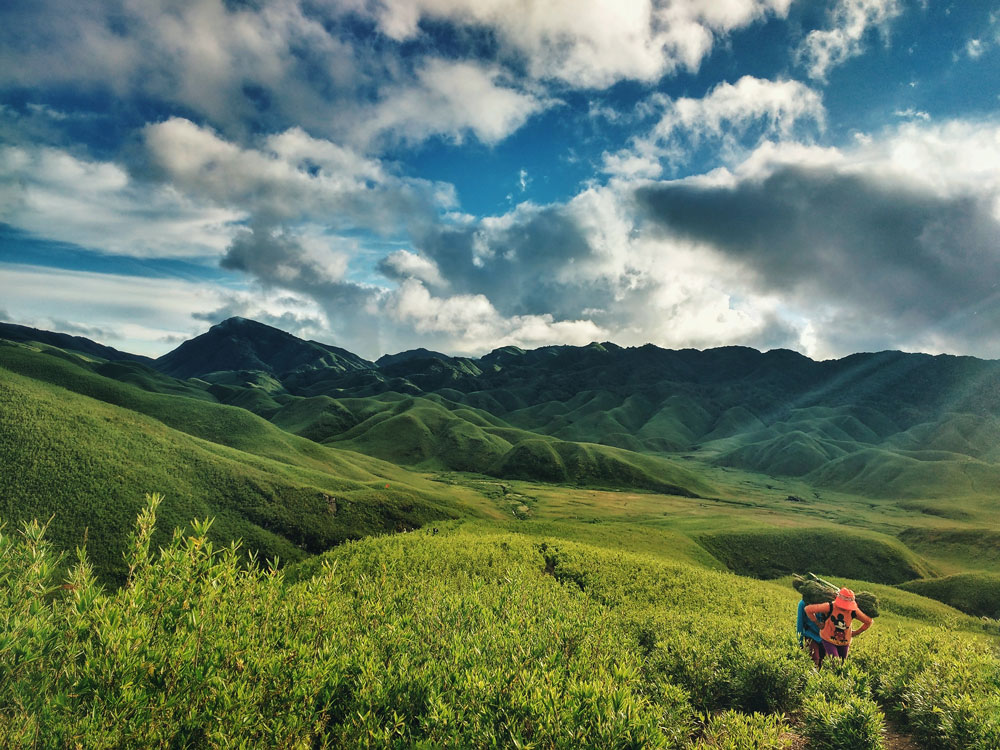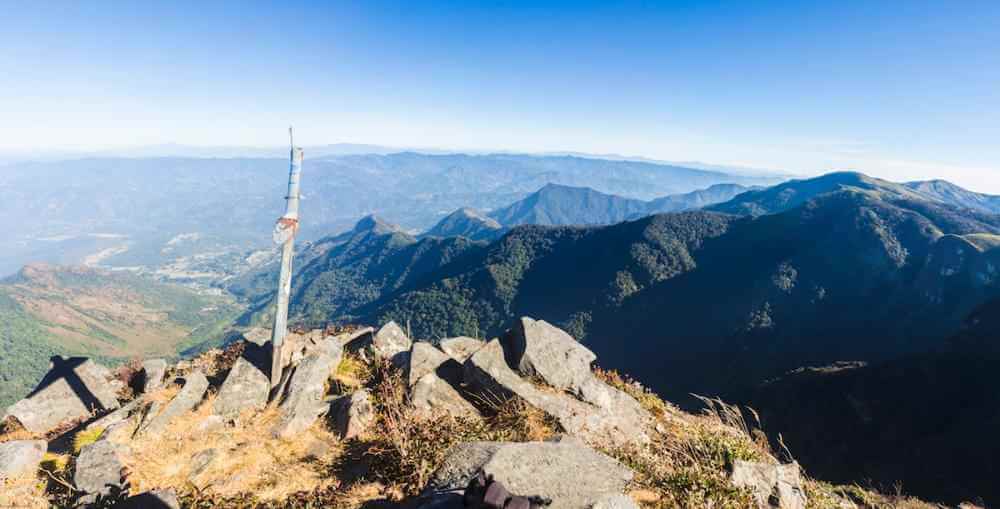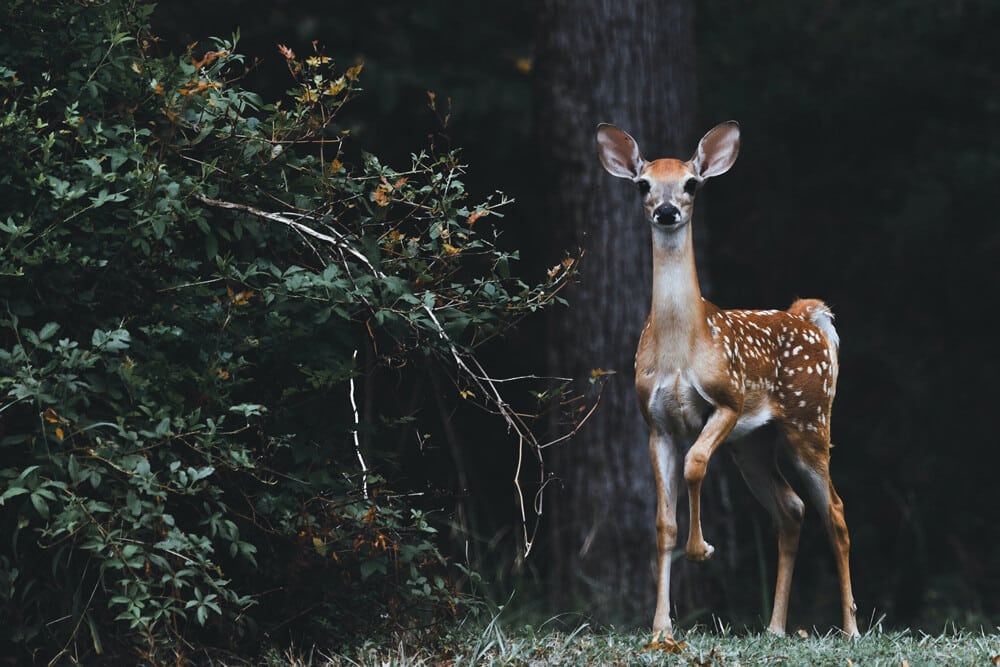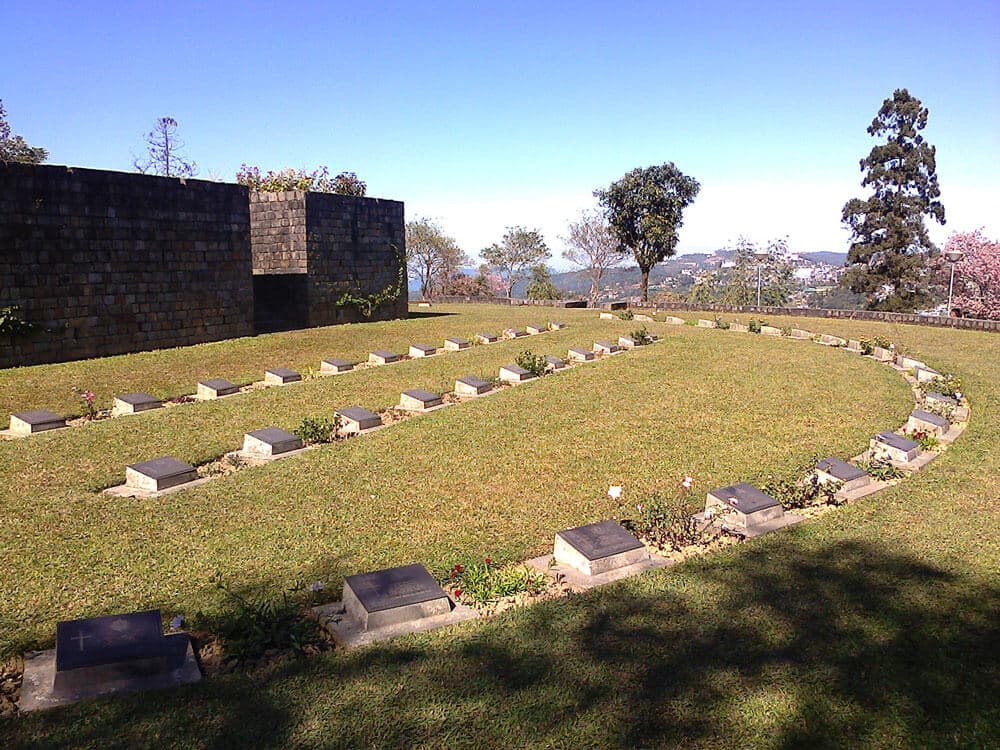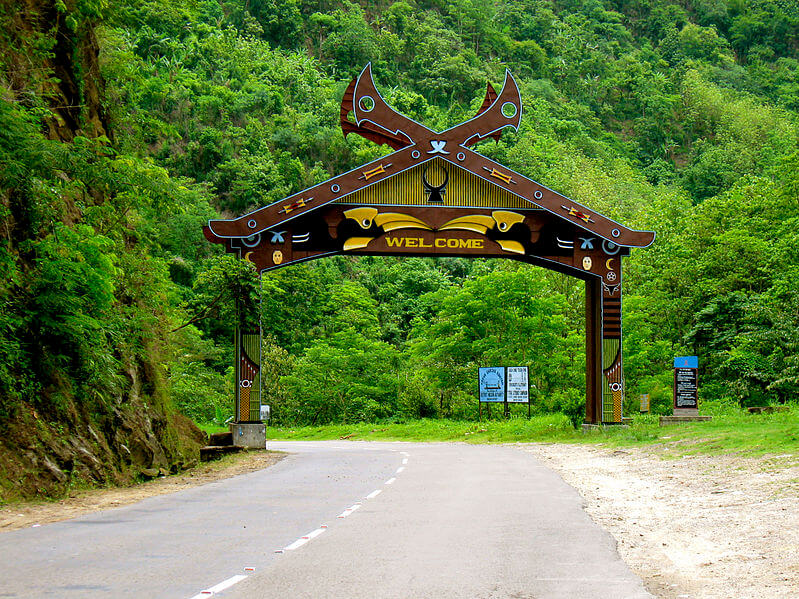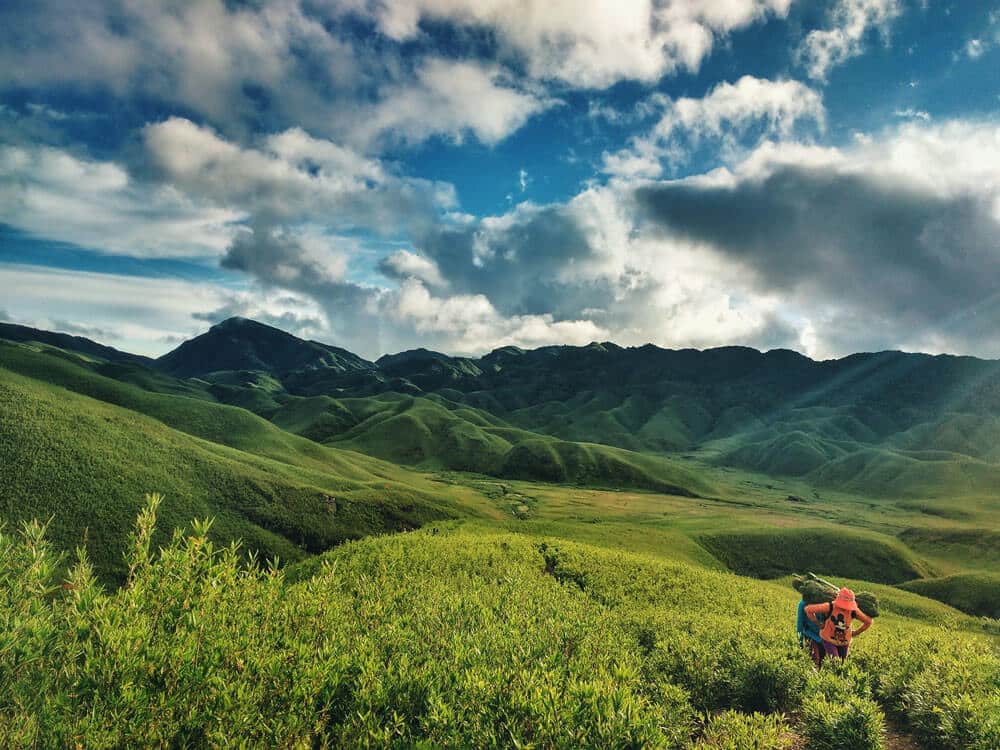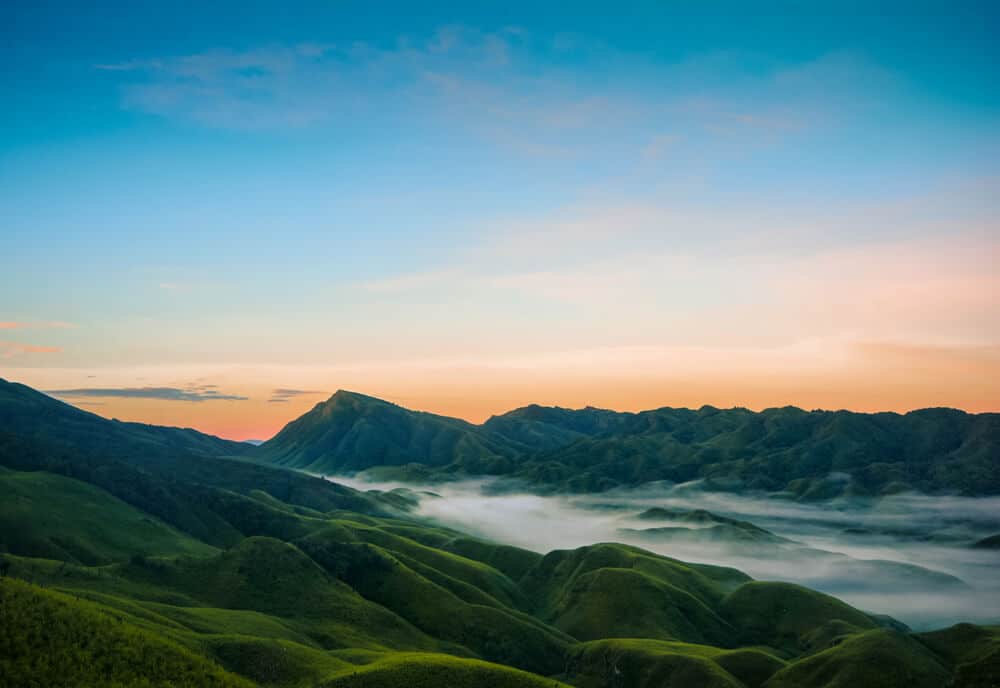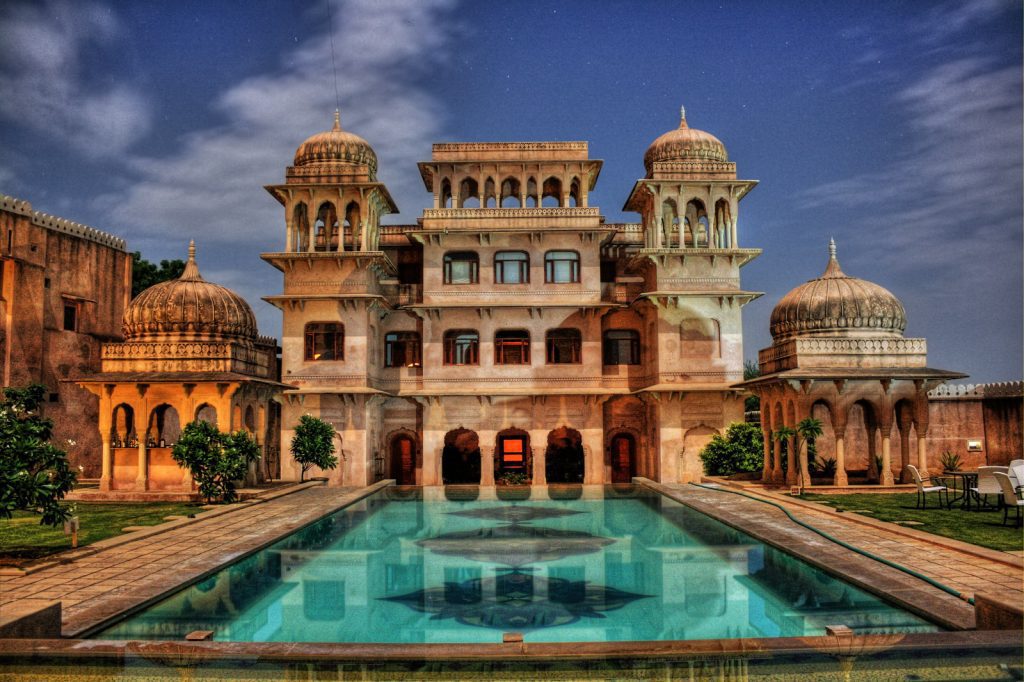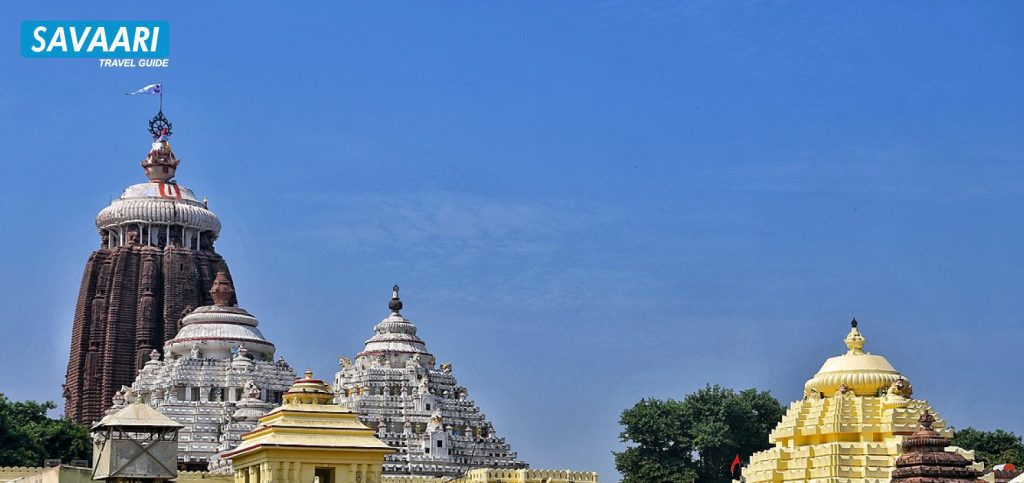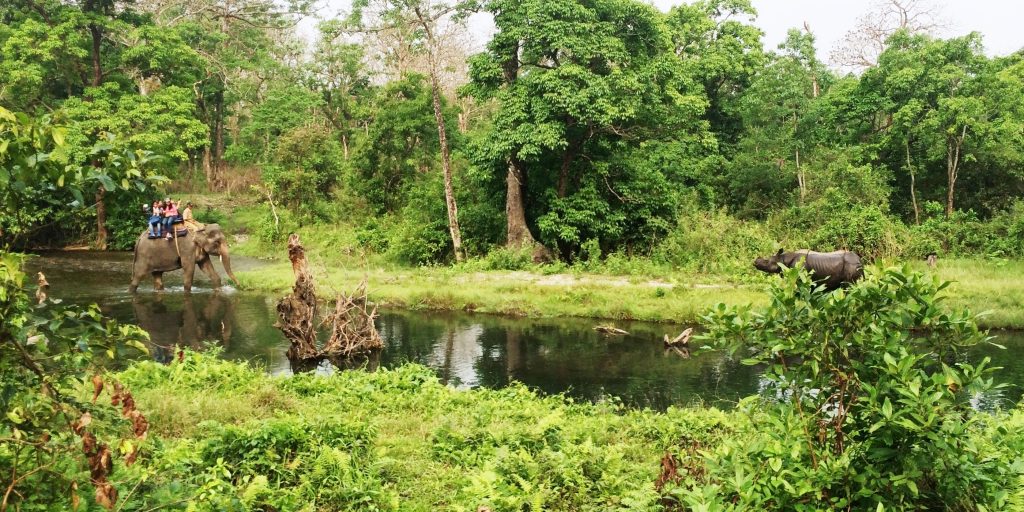Perched atop the borders of Manipur and Nagaland, the Dzokou Valley is a mesmerizing blend of rolling greens and azure skies. Traverse this guide to unearth the myriad things to do in Dzokou Valley. From its iconic serpentine streams to the carpet of exotic flowers, embark on a journey through this untouched paradise, capturing the essence of Northeast India’s ethereal beauty and mystique. Book a cab from Guwahati, Imphal or Kohima to explore Dzokou valley in the most comfortable fashion.
Table of Contents
- Things to do in Dzukou Valley
- How to Plan a trip to Dzukou Valley
- About Dzukou Valley
- Places to stay in Dzukou Valley
Things/Activities to do in Dzukou Valley
Apart from all the Dzukou Valley sightseeing, you can also include these activities to do on your Dzukou Valley tour.
- Trek through the steep terrain of the valley region. The trek to Dzukou Valley itself is a 17KM long walk and takes around 5-6 hours from Viswema village. From Zakhama village, it is about a 15KM trek and takes 3-4 hours. You can also try the Japfu peak trek, one of the most famous trekking trips in the region.
- Experience the local life by booking one of the homestays in Dzukou Valley. You can spend some time in a village or farmhouse and witness the daily life in rural Nagaland.
- Explore the city of Kohima, the capital and the most populated part of the state. You can do all touristy things here, like shop for locally handcrafted goods, ethnic textiles, or souvenirs, dine at the local eateries and sample traditional cuisine.
- You can also try camping on the camping grounds around Japfu Peak or other designated areas in the Valley. The best time to go camping is after the rainy season when the weather is relatively dry and good for outdoor stay. You can also see the floral bloom at this time of the year.
- Explore the natural caves hidden within the folds of the valley and visit the countryside.
[Also Read: Pelling: Pristine Natural Beauty | A Complete Travel Guide]
Places to Visit in Dzukou Valley
With the breathtaking view of the Himalayas, rich natural landscape, and hidden geographical gems, there is a lot to do and things to see in Dzukou Valley.
Here are a couple of must-visit Dzukou Valley tourist places –
Sanctuary Falls
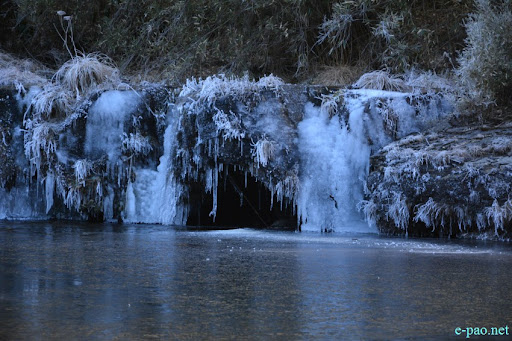
- How to Reach – This tourist spot is located at a walk of about 45 minutes to an hour from west Dzükou and has to be accessed on foot.
- Timings – Sunrise to Sunset
- Entry Fee – NA
- Time Required – 3-4 Hours
- Tips – For best views, visit during or after the winter months, when the waterfall is frozen but always travel with a tour guide.
Pulie Badze Wildlife Sanctuary
- How to Reach – This sanctuary is adjacent to the valley. You can book a private car to drive through the sanctuary or do a forest trek.
- Timings – 8AM-5.30PM
- Entry Fee – NA
- Time Required – 3-4 Hours
- Tips – For best views, visit during or after the winter months, when the waterfall is frozen but always travel with a tour guide.
Places to Visit nearby
The highlight of Dzukou Valley tourism is definitely the alpine flora and fauna and Himalayan beauty. But there are also a host of places you can visit nearby. With popular tour packages, you can include these places in your trip.
Kohima War Cemetery
- How to Reach – The cemetery is located at 15.7KM from city railway station. You have to book a cab from the valley area to reach the city.
- Timings – 9AM-4PM
- Entry Fee – Free
- Time Required – Less than 1 hour
- Tips – Don’t miss the legendary cherry tree that the Japanese soldiers used for target practice during WWII.
Kisama Heritage Village
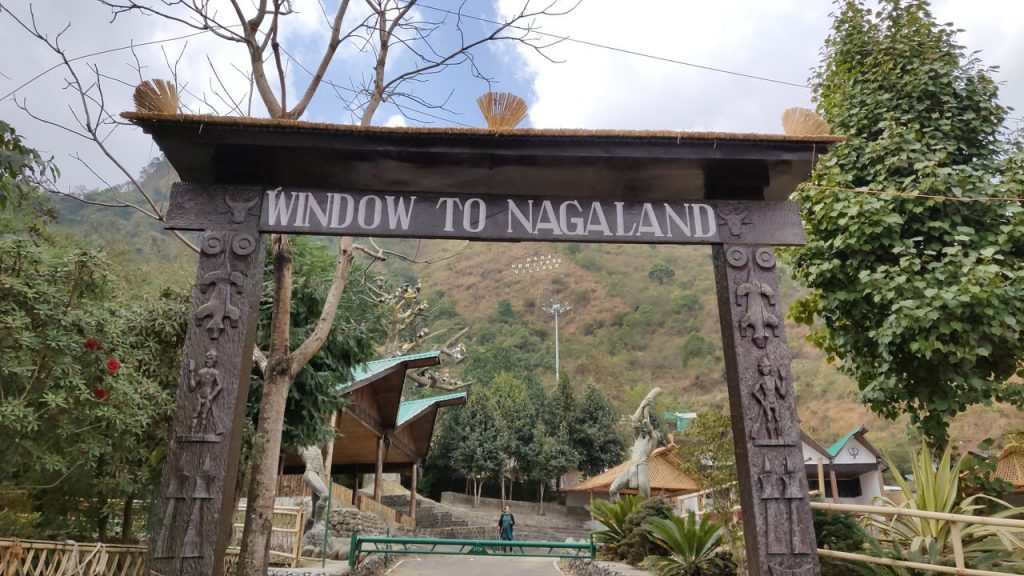
- How to Reach – The tribal village is located at 12KM from Kohima city centre. You can book a local cab or rent a car from the valley to reach.
- Timings – 8AM-6PM
- Entry Fee – INR 20, INR 50 for camera
- Time Required – 1 day
- Tips – Visit during the annual Hornbill Festival to experience local art and cultural showcase.
Kohima Museum
- How to Reach – The museum is located in Kohima, about 18KM from the city railway station. You can book a local cab from the valley to reach the city and go to the museum.
- Timings – 9.30AM-4PM, Closed on Sundays
- Entry Fee – INR 20
- Time Required – 1 -2 hours
- Tips – Don’t forget to take a tour of the art gallery showcasing traditional instruments and tribal hut models.
Places to Eat
Try some of these local and best restaurants in Dzukou Valley –
- Dzukou Restaurant
- Orami Tafale Highways
- Heaven’s Dew Cafeteria
- Oppa Gimbap Kohima
- Cryzal Food Hub
How to Plan a Trip to Dzukou Valley
How to Reach Dzukou Valley
By Train
The nearest railway station to Dzukou Valley is in Kohima, the capital city, about 25KM away. There is regular train connectivity to Kohima from other parts of the country. Another 20KM from Kohima lies the towns of Jakhama and Viswema, from where you can easily approach the valley area by road. You can take a train or bus to Kohima from other cities in Nagaland and then book a cab or rent a private car to reach Dzukou Valley directly.
By Road
Dzukou Valley is well-connected by road to Kohima and Dimapur, and other major cities nearby, like Guwahati. You can get a cab from Dimapur, Kohima, or any other part of the state and reach the valley area.
The main valley can be explored on foot by trekking through the hilly roads and forest trails, with help of guides and porters. Although there are no special permits required to visit Dzukou Valley, there is an entry fee of Rs 30 per person to enter and explore.
By Flight
There is no direct flight connectivity to Dzukou Valley. The nearest airport is in Dimapur, about 74KM from Kohima. You can also travel to Kohima Chiethu Airport, about 25KM south of Kohima city. The other nearest and biggest airport is in Imphal, in Manipur. There are regular flights to all these three airports from major cities and towns in India like Kolkata, Guwahati, Delhi, Mumbai, Bangalore, and Hyderabad.
Best Time to Visit Dzukou Valley
The weather of Dzukou Valley is not very different from the rest of the state. It is mostly cold all throughout the year, except for the summer months when it is pleasant and right after the monsoon when it’s very misty.
At this time the temperature is also quite conducive to exploring the outdoors. Also, the post-monsoon period is when flower season happens. So, if you want to see the valley in full bloom then visiting between June and September is ideal. For outdoor adventures, it’s best to visit Dzukou Valley in October or before December, or from March to May.
About Dzukou Valley
Dzukou is one of the most breathtaking landscapes in Nagaland. The location of the valley on the borders of Nagaland and Manipur. Hence the landscape is shared by both the states, politically.
But geographically, as per the Survey of India, the majority of the valley area is occupied by the state of Manipur. The valley and its surrounding peaks are located at about 25KM from Kohima, the capital city of Nagaland. The altitude of Dzukou rises to about 2452 meters above sea level with the highest peak at M. Iso (Mt. Tenipu). It is also the highest point of Manipur.
Sitting at the foothills of the Eastern Himalayas, Dzukou enjoys a classic mountain terrain, weather, and flora and fauna, thus offering a spectacular environment. This makes this valley region in Nagaland one of the most visited tourist attractions in the North East.
The etymology of the valley’s name is also quite diverse. The word Dzukou originally comes from the Viswema dialect of the native Angami people which loosely translates to “Soulless and Dull”.
Nothing to do with how the place looks now, the definition came from the fact that when the early Viswemas moved to this region, they found it unfavourable for settlement and cultivation, due to the rough terrain and inclement weather. However, there are other regional beliefs that claim that Dzukou translates to “cold water”, owing to the ice-cold streams that cut through the valley. It could have also been a reference to the impact of the Himalayas on the region.
Why is Dzukou Valley a Famous Tourist Attraction?
This place is also known as the Valley of Flowers, owing to the huge variety of endemic Himalayan flora that is in full bloom in the valley area every year. Of all places to visit in Dzukou Valley, this floral beauty invites travellers from all over the country and abroad to admire the stunning, colourful canvas of an otherwise cold and quiet locale.
The most famous of the flowers is the Dzukou Lily, which is only found in this region. The blooming season is one of the best attractions in Dzukou, when the lilies flower in white and pink, along with other exotic Himalayan flowers like the aconitums, euphorbias, and similar rare species.
Unknown Facts
Geologically, the existence of this valley is associated with an ancient volcano. The region is said to be the base of the crater of the volcano, which eventually got covered in moss, grass, and flowers over millennia. The result, as we see it today, is an endless expanse of undulating hills, knolls, lush glens, steep ravines, and dense forests of alpine vegetation.
Places to stay in Dzukou Valley
Here are some of the best Dzukou Valley hotels and resorts that you can explore on your trip –
- Southview Homestay
- Dzukou Valley Guest House
- Crescent International
- The Heritage
- Kohima Camp
Download our Savaari car rental app for a smooth and pleasant journey.
Last Updated on January 31, 2024 by
